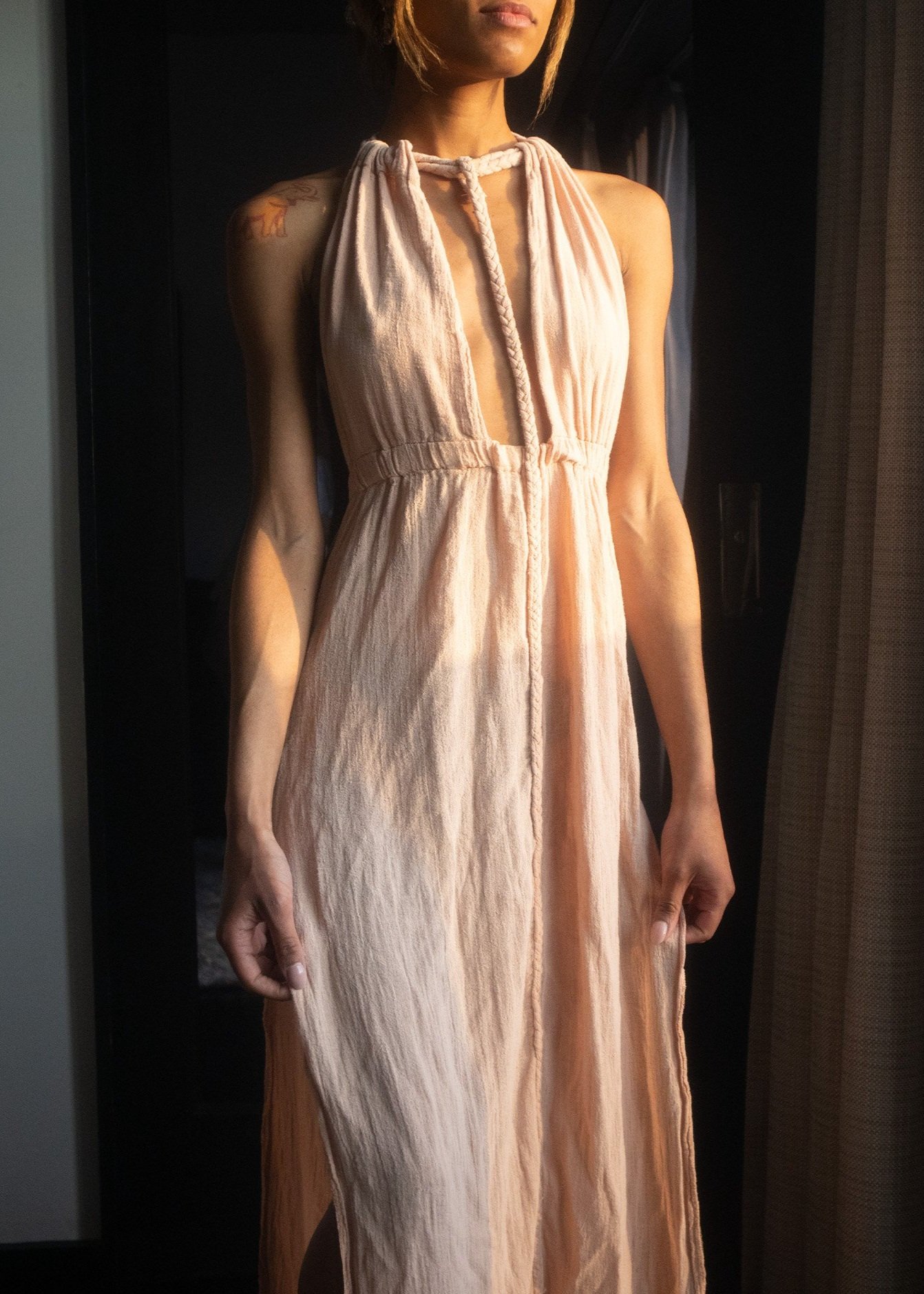NV Boutique

September 1st, 2024
Canon EOS M50 DSLR Camera and Adobe Photoshop
I created this gallery and boutique as a proof of concept, to try to create a verifiable and sustainable supply chain for gently used fashion. According to the Department of Sanitation, New York residents throw away approximately 200,000 tonnes of wearables and other textiles per year. These, in addition a large percentage of donated clothes will go straight to landfill, contributing to vast amounts of environmental pollution both locally and abroad ¹ ² .
As a 21st century woman I will admit I’ve been seduced by the trappings of trends. Especially in my early 20s I easily would buy cheap clothes from fast fashion brands, barely ever stopping to second-guess how the materials for the clothing was sourced, how the individuals that manufactured them were treated and compensated, or the eventual negative environmental impacts my purchases were statistically most likely to contribute to. It was my sister who brought these questions to the forefront, as she was studying design at the London College of Fashion. With my increasing knowledge from independent research I became even more disturbed by the sheer size and growth of industry issues; the lack of care both fast and even luxury fashion brands seemed to bestow upon their sustainability measures as well as their supply chains, simply because capitalism demanded it of them.
The beauty of capitalism, though, is that an increase in personal capital usually equates to an increase in personal choice. I understand that I can’t realistically choose to never purchase new clothes again, but I am able choose to acquire far less and be very particular about the new clothes I do buy (personally, new underwear, socks and shoes are absolute necessities for me). I can also choose to abstain from supporting fashion brands that make zero efforts to reduce their impacts, especially if they are large or well-established brands that are contributing to the majority of the problems in the first place. While luxury doesn’t always translate to quality, I did begin to take note that gently-used high quality designer items could often retain their value or go up as times passed and they procure the status of being “vintage”. So choosing to support my local dry cleaners (who I selected on the basis that they use environmentally friendly and non-toxic solvents with which they do great work), and my local tailor would positively contribute to elongating the life and quality of the textile investments I made. Because dressing well in a way that doesn’t make one feel guilty is definitely an investment of time, commitment, and yes, money.
This gallery is filled with clothes I purchased or that were gifted to me at various points in my life and during my travels. Many of them came from small boutique shops and minority owned businesses while others were high-end investment pieces that were given to me as gifts or obtained from sample sales and outlets at vastly reduced prices. The goal is that with every season, every item in this gallery will increasingly and eventually exclusively be sourced from brands that are making the best efforts currently possible to dramatically reduce or completely eliminate emissions and pollution in addition to unfair labor practices, while focusing on high quality vegan fabrics (such as organic cotton, organic linen, recycled synthetics, etc.).
The dress pictured is from Kaya Tulum, a self-proclaimed sustainable, slow-fashion brand based in Tulum, Mexico. According to their blog, they focus on handmade clothing and accessories, collaborating via fair trade with local artisans to create environmentally friendly fashion. Their collections feature items made from organic cotton, dyed with natural materials, and handcrafted with traditional techniques, including a range of beach dresses, kaftans, and ponchos. Feel free to peruse for yourself.
Minting this free NFT gives the owner exclusive lifetime access to the gallery boutique and marketplace and the ability to purchase 1 of 1 NFTs tied to the garment that is displayed. Garment transfer is currently only guaranteed upon mint, and NFT holders of those garments agree to properly care and sustainably elongate the lifecycle of the garments (whether that happens via recycling or upcycling, selling, gifting, or other methods is up to the discretion of the NFT owner). Fifty percent of the proceeds from minting gallery NFTs tied to garments will go towards Remake World, to contribute to improving global garment supply chain transparency and climate consciousness within the industry. The other fifty percent will go towards Nele The Entertainer LLC. Every subsequent sale will be split in three ways: 50 % to the seller, 45% royalties to Remake World, 5% royalties to NTE LLC. You must be 18 years or older (or whichever is the legal age in your area) and possess a valid credit card tied to your name, or if purchasing with crypto you automatically attest that you are of legal majority age within your jurisdiction to be making such a transaction

